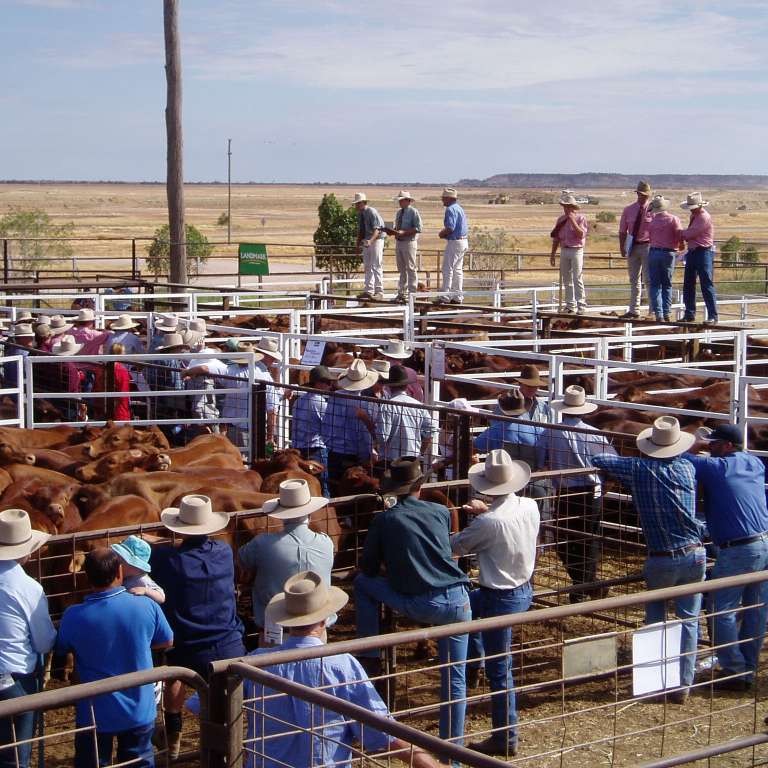 Identifying and controlling the movements of livestock during an outbreak of exotic disease such as Foot and Mouth Disease could greatly minimise the spread of infection.
Identifying and controlling the movements of livestock during an outbreak of exotic disease such as Foot and Mouth Disease could greatly minimise the spread of infection.
A workshop attended by Government and industry representatives in Melbourne this week, organised by Animal Health Australia, focussed on the issue of movement controls as a key step in the review of Australia’s FMD response policy.
AHA manages the continued improvement of the Australian Veterinary Emergency Plan (AUSVETPLAN) on behalf of the company’s government and industry members. AUSVETPLAN is a comprehensive series of manuals that set out the various roles, responsibilities and policies to be followed by all agencies and organisations in the event of an emergency animal disease outbreak.
An outbreak of FMD would have devastating consequences for Australia’s livestock industries, food and retail sectors, the wider community and the broader economy.
For this reason AHA is currently conducting a review of Australia’s FMD response policy, including giving a high priority to ensuring the FMD AUSVETPLAN disease strategy reflects the latest scientific information.
A statement issued yesterday said the objectives of the latest workshop were to gain agreement from the industry and government participants on the general principles of movement controls during an emergency animal disease event, and recommended quarantine and movement controls for FMD susceptible animals and associated commodities. These recommendations will be distributed for further stakeholder consultation.
“Controlling the movement of susceptible livestock, their commodities, as well as people and vehicles is an essential component of controlling an emergency animal disease,” said AHA’s Dr Peter Dagg, manager of AUSVETPLAN.
“However, such controls will have a significant impact on livestock industries and associated operations. This is the reason AHA has sought input through the workshop from organisations that will be directly involved or have their business affected.”
A diagnosis of FMD or even a strong suspicion of FMD anywhere in Australia would result in a national livestock ‘standstill’, which means total movement controls on all species of animal susceptible to FMD for at least 72 hours. In some instances, police would assist in implementing the standstill. State and territory governments might also impose additional movement controls over other products or equipment as part of their control area declarations.
A national standstill on livestock movements would also give time for emergency responders to assess the situation, Dr Dagg said.
- AHA is a company established by the Australian Government, state and territory governments and major national livestock industries. Focussed on national animal health and welfare issues, the company facilitates sustainable partnerships between members and provides leadership in securing outcomes that position Australia as a world leader in terms of its animal health status and services. More information on the FMD disease response policy review and AUSVETPLAN can be found on the AHA website
